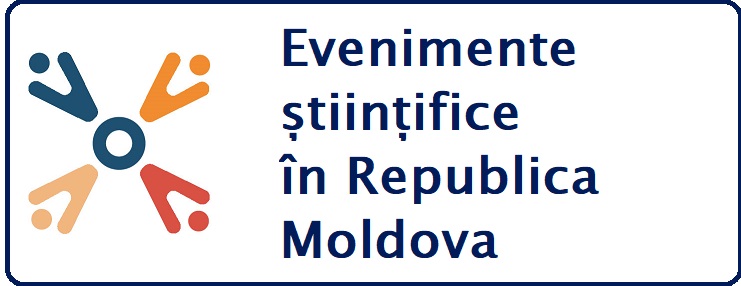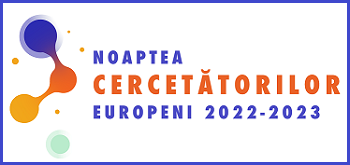| Conţinutul numărului revistei |
| Articolul precedent |
| Articolul urmator |
 |
 271 271 8 8 |
| Ultima descărcare din IBN: 2024-02-14 11:20 |
| Căutarea după subiecte similare conform CZU |
| 616.831-009.11-031.4-036-073.7-053.2 (1) |
| Neurologie. Neuropatologie. Sistem nervos (971) |
 SM ISO690:2012 SM ISO690:2012CUZNEȚ, Ludmila, HADJIU, Svetlana, CĂLCÎI, Cornelia, FEGHIU, Ludmila, LUPUŞOR, Nadejda, GRÎU, Corina, TIHAI, Olga, RACOVIȚĂ, Stela, SPRINCEAN, Mariana, REVENCO, Ninel. Modificări imagistice în paralizia cerebrală spastică la copii . In: Buletin de Perinatologie, 2022, nr. 1(93), pp. 112-118. ISSN 1810-5289. |
| EXPORT metadate: Google Scholar Crossref CERIF DataCite Dublin Core |
| Buletin de Perinatologie | ||||||
| Numărul 1(93) / 2022 / ISSN 1810-5289 | ||||||
|
||||||
| CZU: 616.831-009.11-031.4-036-073.7-053.2 | ||||||
| Pag. 112-118 | ||||||
|
||||||
| Rezumat | ||||||
Introduction. MRI imaging is quite commonly used in the investigation of children with cerebral palsy (PC) to recognize the etiology of this condition. This investigation suggests hope for future therapeutic interventions for children with PC. The aim is to study the relationship between spastic PC type and brain imaging aspects. Material and methods. In the years 2018-2020, 78 imaging results of children with spastic PC (age older than 5 years) were analyzed: 28 — tetraplegic PC (PCT), 26 — hemiplegic (PCH), 24 — diplegic form (PCD). The imaging results were analyzed by a trained specialist. Results. Structural brain abnormalities relevant to spastic PC types were detected in 72 (92.3% [II 99.19-95.61], p = 0.01) children. In the PCT, changes were detected in all children. In those with PCD — at 22 (91.7% [II 97.34-86.06], p = 0.05). In PCH — in 25 (96.2% [II 99.97-92,43], p = 0.01) cases. Common: ventriculomegaly (55.1%) — in PCT and PCD, cerebral atrophy (53.8%) — in PCT, unilateral porencephalic cerebral cyst (30.8%) — in PCH; bilateral cysts (29.5%) with various locations (cortical — 30.4% in PCT and subcortical — 69.6% in PCD). Other abnormalities: atrophic lesions in the region of the basal ganglia and thalamus (5.1%); diffuse porencephaly (2.6%), periventricular gliotic changes (17.9), etc. Conclusions: Structural brain abnormalities, common PC, are varied, can be detected frequently by advanced imaging techniques and reflect the relationship between the shape of the PC and the characteristic imaging lesions. Early detection of brain abnormalities in children with PC may suggest remote prognosis of the disease and proper management of affected children. |
||||||
| Cuvinte-cheie cerebral palsy, imaging, child, детский церебральный паралич, визуализация, ребёнок |
||||||
|












